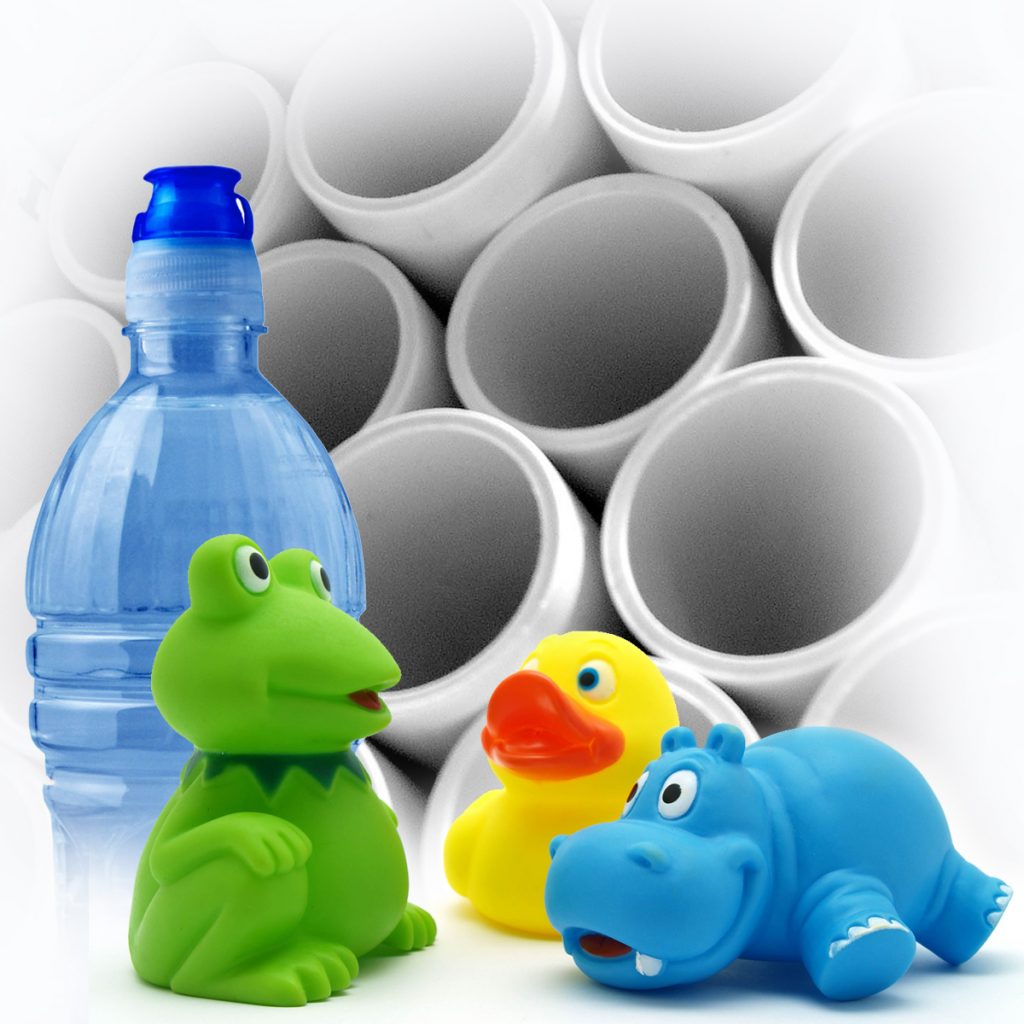Firstly, GMS is an ester derived from glycerol and stearic acid. It’s widely used for its versatility, acting as an emulsifier and thickening agent. In plastics and polymers, it primarily improves attributes like texture and stability.
Secondly, the additive comes with a host of benefits. Notably, GMS enhances the material’s tensile strength and processing ease, making manufacturing more cost-effective. Additionally, its non-toxic nature positions it as an eco-friendly choice, a crucial factor in today’s sustainability-focused world.
Lastly, GMS finds applications in a variety of sectors, such as food packaging and automotive components. Its capability to improve structural integrity and durability makes it indispensable across industries.
In conclusion, GMS serves as a vital additive in the plastics and polymers landscape, offering a multitude of functions and advantages. Its widespread applications demonstrate its critical role in the industry’s ongoing innovation.
What is Glycerin Monostearate(GMS)?
Glycerin Monostearate, also known as GMS, originates from the chemical reaction between glycerol and stearic acid. This waxy, white substance serves a variety of roles—acting as an emulsifier, stabilizer, and lubricant—in diverse applications, including the food and pharmaceutical industries. In the context of polymers and plastics, GMS serves as a critical component that provides a plethora of benefits such as enhanced mechanical properties, improved processability, and added aesthetics.

General Properties of GMS
To understand the contributions of GMS in plastics and polymers, it’s crucial to understand its fundamental properties:
- Chemical Stability:. GMS is chemically stable and is resistant to hydrolysis.
- Melting Point:. It has a melting point that ranges between 60-65°C.
- Non-toxic:. Commonly used in the food and pharmaceutical industries, GMS (Glycerol Monostearate) has a ‘Generally Recognized as Safe’ (GRAS) status, indicating its safety for use.
- Solubility:. While insoluble in water, it is soluble in organic solvents like alcohols and ethers.
Functions of GMS in Plastics and Polymers
1. Lubrication
One of the most prevalent roles of GMS in the plastic and polymer industry is as an internal lubricant. During the extrusion or injection molding processes, GMS decreases the friction between the polymer chains, allowing the material to flow more easily through the equipment. This results in a smoother finish and reduces the wear and tear on machinery, thereby lowering maintenance costs.
2. Anti-static Agent
The anti-static properties of GMS make it valuable for plastics designed for electrical insulation or dust resistance. Such benefits become particularly important for plastics deployed in electronic devices and automotive components.
3. Nucleating Agent (Role of Glycerin Monostearate)
In the manufacturing of foamed plastics like expanded polystyrene (EPS), GMS can act as a nucleating agent. It aids in creating more uniform and smaller cell structures, thereby enhancing the insulation and mechanical properties of the end-product.
4. Emulsifier and Stabilizer
The emulsifying properties of GMS promote compatibility between polymers and other additives, such as fillers or plasticizers. This ensures a homogeneous mixture, thereby making the end product more stable and robust.
5. Improves Aesthetics
Adding GMS can substantially enhance the surface finish and visual appeal of the finished plastic or polymer product. It provides a glossy finish and improves the tactile sensation, making the product more appealing to consumers.
Applications in Specific Polymers (Role of Glycerin Monostearate)
PVC (Polyvinyl Chloride)
In PVC, GMS is often used as a lubricant that aids in the processing and enhances the flow properties. This is particularly useful in applications like PVC pipes and sheets.
Polyolefins (Polyethylene, Polypropylene)
In polyolefins, GMS serves as an anti-static agent, making these polymers less prone to static electricity accumulation. This is useful in packaging materials where static could be detrimental to the products being packaged.
Polystyrene and Styrene Copolymers
In polystyrene foams, GMS can serve as a nucleating agent, making the foam have a more uniform cell structure which improves its mechanical and insulation properties.
Bioplastics
With the rising focus on sustainable materials, GMS has found applications in bioplastics as well. It acts as a plasticizer, providing these materials with the flexibility and mechanical strength that may otherwise be lacking.
Regulatory Aspects
Due to its non-toxic nature, GMS is generally considered safe and has been approved for use in food packaging materials. However, it is essential to adhere to regional regulations, such as those from the Food and Drug Administration (FDA) in the United States or the European Food Safety Authority (EFSA) in the European Union, to confirm its safe usage in specific applications.
Conclusion (Role of Glycerin Monostearate)
Glycerin Monostearate plays a multifaceted role in the plastics and polymers industry. Its applications range from acting as a lubricant to serving as a nucleating agent, from improving anti-static properties to enhancing aesthetic qualities. With its excellent performance attributes and non-toxic nature, GMS is expected to continue being a versatile and invaluable component in the formulation and manufacture of plastics and polymers in the years to come.
Understanding the specific roles and benefits of GMS in different polymers can help manufacturers optimize formulations for specific end-use applications, thereby contributing to the advancement of the plastics and polymers industry as a whole.

